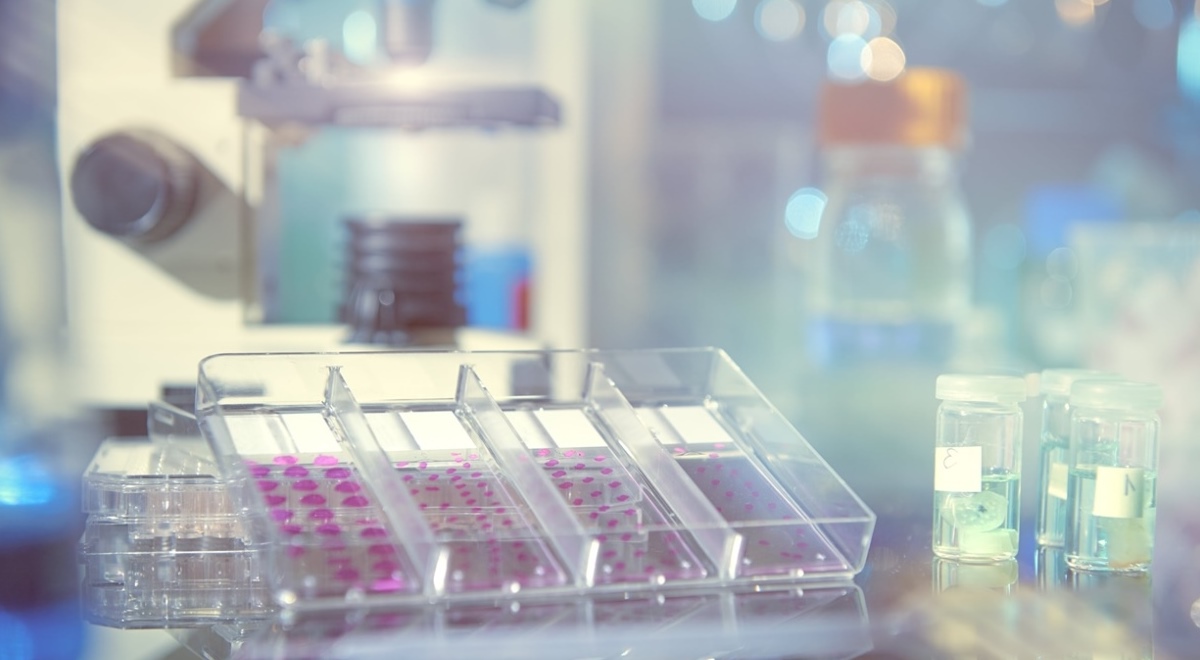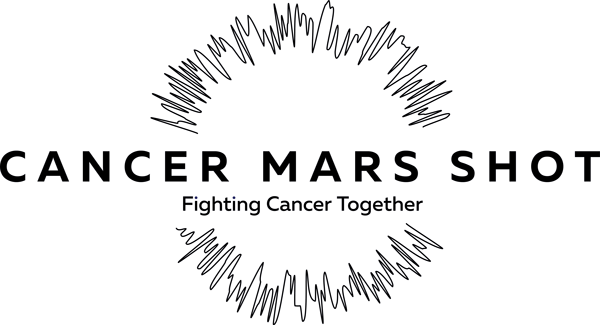Overcoming Natural and Socio-Economic Challenges in Biobanking

Biobanking has become an integral part of biomedical research. The future of precision medicine depends on high-quality specimens and, therefore, an adequate biospecimen collection design. At Audubon Bioscience, we prospectively procure high-quality biospecimens from diverse populations for cutting-edge private and academic translational research, mainly in the field of cancer biology to combat challenges in biobanking.
Customized biospecimen procurement, processing, storage, and shipping are complex processes highly dependent on the geographical and socio-economic environment in which they are conducted. Operating in countries of diverse opportunities and supplies offers us a chance to adjust and provide innovative solutions inspired by both settings. This experience shows the possibility of finding solutions and developing effective disaster plans in both high- and low-income countries.
Here, we present the challenges our teams face within two very distinct countries: the USA and Nigeria, and the action plans we've implemented to overcome them.
Natural disaster preparedness and recovery: lessons from Hurricane Ida, 2021, New Orleans, USA
Operations in our New Orleans, Louisiana (NOLA), center are mainly focused on collecting blood, plasma, buffy coat, and FFPE tissue blocks for primarily cancer research. These specimens must be stored on dry ice, at -80°C, or at room temperature, and shipped on dry ice or at room temperature. In addition, we perform quality control of the specimens shipped from Audubon operating locations overseas.
New Orleans is located on the Mississippi river, near the Gulf of Mexico, where hurricane season runs from June 1 through November 30. In August 2021, what was anticipated as a tropical storm, ended in the deadly and destructive Category 4 Hurricane Ida. Ida brought flooding, damage, and destruction of power grids causing loss of power for over 1 million of residents. It took over two weeks to restore power in New Orleans, but a month to restore regular operations at our facility because of the disruptions in logistics and courier services, flooded households, and overall damage to the city.
To overcome the challenges that come along with hurricane Ida, our team prepared and successfully executed a hurricane/disaster plan. The process of developing and executing this plan could be successfully used as an example in developing contingency plans in case of disasters. Our hurricane preparations plan can be divided into three categories: Primary, Secondary and Final preparation.
Disaster preparations action-plan
Primary preparations consisted in updating the hurricane and disaster preparedness document prior to the start of the hurricane season in the USA. During this period local news must be monitored constantly and hurricane preparations begin once a hurricane enters the Gulf of Mexico.
A week before hurricane Ida, our team started with the secondary preparations by diverting shipments and operations. We ensured that the Audubon Bioscience Emergency Response Team is ready to move forward with preparations and began communication regarding the storm plan based on the situation development. All packages in transit to NOLA center were tracked and planned for immediate QC and turn around to our customers. In the case when specimens couldn’t be shipped in time, an alternative plan was being developed, e.g. evacuating or storing specimens safely on site.
Final preparations consisted in switching off all non-essential lab equipment and making sure freezer monitoring systems are up to date with correct contact information and backup batteries have been installed. Before evacuation all staff members were instructed to bring their work laptop and charger, charge all communication devices, purchase a portable WiFi device, postpone meetings, change messages on voicemail to reflect where the lab can be reached and set an auto responder on email to provide alternative contact information. All evacuation details should be communicated with headquarters and local staff members.
It is important to note that when coming back to collection sites or laboratories after a hurricane, one should be aware of the surroundings since it is likely that they are without power and ventilation. Damage assessment of office and laboratory areas should be performed as well as quality control of all specimens that remained on site.
Although, particular for the given geographic location, these preparations and actions could be taken as an example on how to proceed in the event of diverse disaster scenarios.
Tackling socio-economic challenges: a case-study from Nigeria
As the scientific world recognizes the lack of ethnic diversity in biomedical and genetic research, over the past decade, African countries have become more involved in biobanking. Even though Nigeria is the leading economy in Africa, in contrast to the USA, day-to-day operations face various non-natural disasters, such as continuous unpredicted loss of power supply and limited access to dry ice. Nearly half of the Nigerian population lacks access to grid electricity, and the rest is facing irregular power outages. Depending on the location, loss of electricity can be short term, from a few minutes, to long-term, up to several months.
Our operations in Nigeria are mainly focused on collecting blood, serum, plasma, buffy coat, whole blood, saliva, and FFPE tissue blocks for malaria and cancer research. These specimens are stored at -20°C or at room temperature and require shipping on dry ice or at room temperature. To operate without intermission, our team in Nigeria has found several solutions to overcome the local challenges with limited power and dry ice supplies.
Restricted access to dry ice has a strong impact on our capacity to perform prospective collections. A working solution that our local and global teams have identified is the transparent communication with our research partners about this issue and the collaborative actions towards solving it. Depending on the situation we can arrange dry ice delivery by a local provider, or it could be our research partners that provide the dry ice delivery to the site.
One of the major issues in Nigeria, affecting not only biospecimens collection but everyday life, is the limited power supply. To this end, all collected biospecimens are stored for no longer than two months at the premisses of collection centers which are equipped with -20°C and -80°C freezers for long-term storage, backup freezers for temporary emergency storage and alternative power sources such as solar panels or a power generating set. Long-term biobanking in Nigeria is not possible for the moment.
To overcome socio-economic challenges that might affect specimen collection and procurement in Nigeria, we have implemented several solutions, including prospective collections without storing specimens long-term, collaboration with collection sites equipped with solar panels and back-up generators, and local couriers. This strategy can be successfully applied against multiple disaster scenarios in other countries.
Operating in countries of diverse opportunities and supplies offers us a chance to adjust and provide innovative solutions inspired by both settings. This experience shows the possibility of finding solutions and developing effective disaster plans in both high- and low-income countries.
Does your research project require a geographically diversified biospecimen collection or are you experiencing some challenges with your collections? Visit our global clinical sites network here or get in touch with us, we will be happy to answer your questions and find ways to help you.

